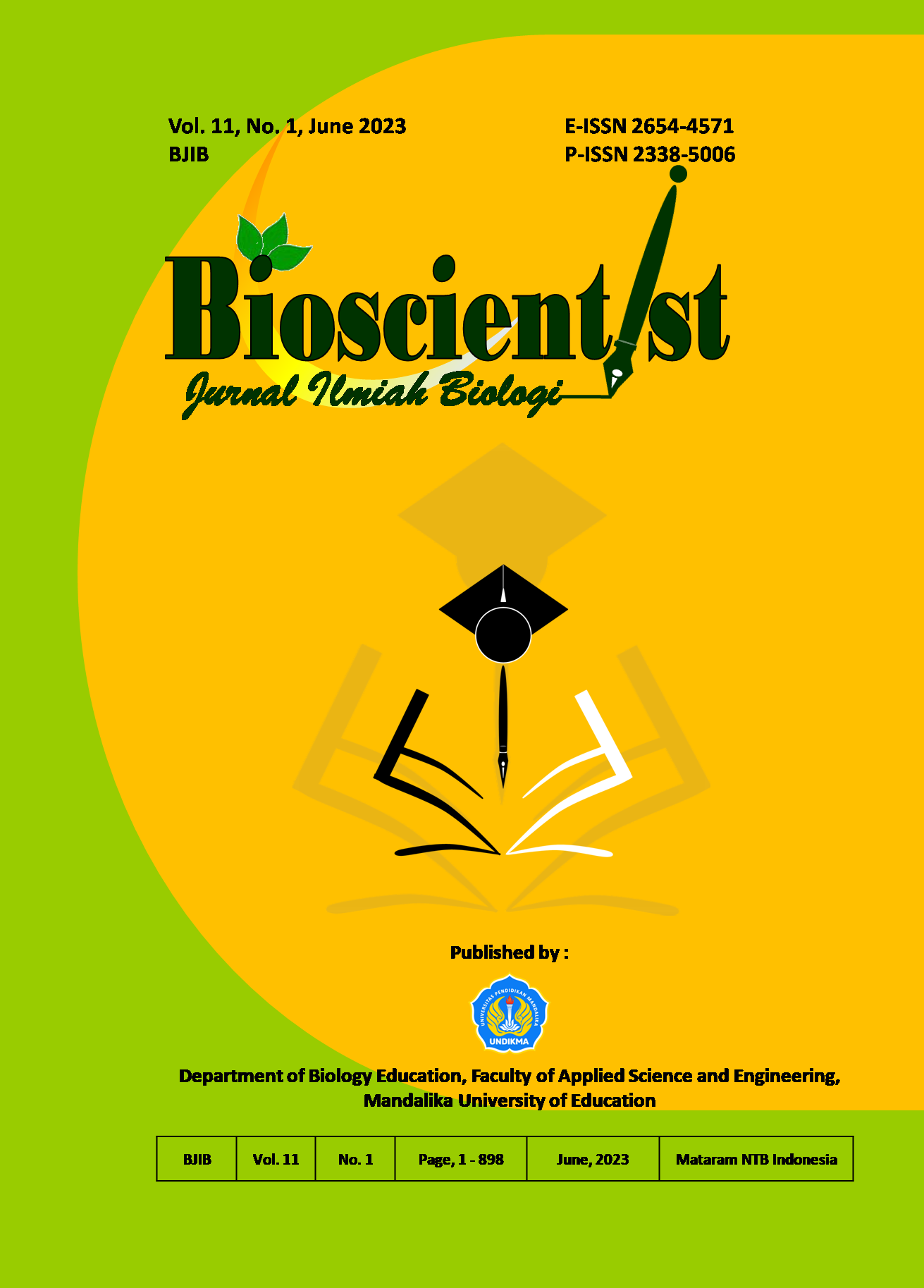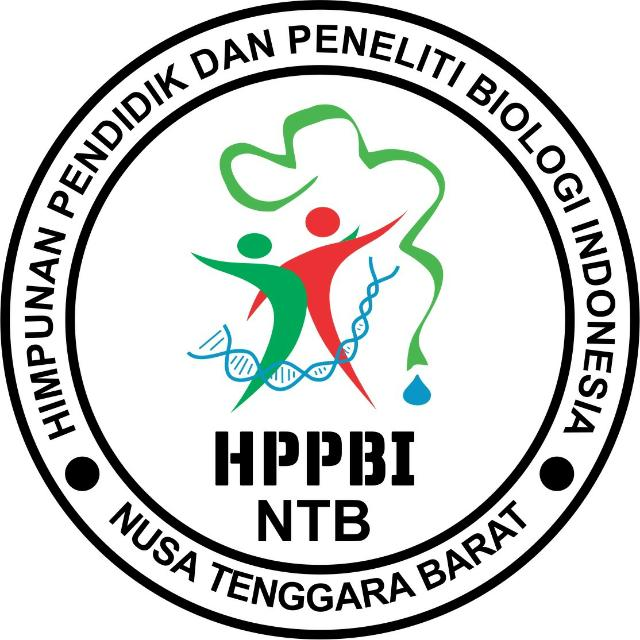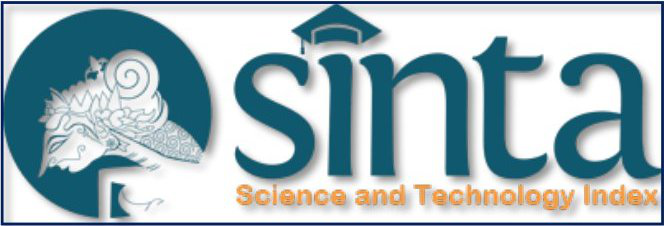Karakteristik Tumbuhan Pare (Momordica charantia L.) yang Berhasil Dimanfaatkan sebagai Bahan Pangan di Desa Tebing Linggahara Kabupaten Labuhanbatu
DOI:
https://doi.org/10.33394/bioscientist.v11i1.7385Keywords:
Food Ingredients, Characteristics, Bitter Melon.Abstract
Bitter melon (Momordica charantia L.) is a vine, elongated, and has fruit that is small oval in color and has rather fine nodules, with a characteristic very bitter taste found in the fruit. The purpose of this study was to determine the quality of bitter melon which is used as a food ingredient and to increase the value of developing food products in society and the modern market. The method used in this research is a descriptive survey method. Based on the results of research conducted bitter gourd contains lots of vitamins and very good properties. The existence of bitter gourd is very easy to cultivate so that it can be used as food that can be marketed in the community. Therefore, it can be easier to introduce bitter melon to the public by managing and knowing the marketing strategy for bitter melon, so that bitter melon can develop into the international market. Given the low and limited use of bitter gourd, it is therefore necessary to develop food products made from bitter gourd to increase its value and use which is none other than the nutritional content of bitter gourd. One way to take advantage of the value of its content is to process it into bitter melon chips. Chips are snacks that have a high shelf life, good taste, and many variations to meet consumer tastes.References
Bastari, I.L., Sipayung, R., dan Ginting, J. (2017). Respons Pertumbuhan dan Produksi Paria terhadap Beberapa Komposisi Media Tanam dan Pemberian Pupuk Organik Cair. Jurnal Online Agroteknologi, 5(4), 740-748.
Handika, J. (2020). Respon Pertumbuhan dan Produksi Tanaman Pare (Momordica charantia L.) terhadap Pemberian POC Limbah Daun Karet dan Air Cucian Ikan. Skripsi. Universitas Pembangunan Panca Budi Medan.
Kusmana, C., dan Hikmat, A. (2015). Keanekaragaman Hayati Flora di Indonesia. Jurnal Pengelolaan Sumberdaya Alam dan Lingkungan, 5(2), 187-198.
Larasati, A., Maini, M., dan Kartika, T. (2019). Inventarisasi Tumbuhan Berkhasiat Obat di Sekitar Pekarangan di Kelurahan Sentosa. Indobiosains, 1(2), 1-12.
Miles, Matthew, B., and Huberman, A.M. (1994). Qualitative Data Analysis: An Expanded Sourcebook. California: SAGE.
Muda, N.R., Ramadhan, M., dan Azlan. (2019). Sistem Pakar Mendiagnosa Penyakit pada (Momordica charantia L.) Tanaman Paria Menggunakan Metode Dempster Shafer. Jurnal Cyber Tech, 2(5), 1-13.
Penigara, M.S. (2022). Proses Produksi Buah Pare sebagai Upaya Meningkatkan Kreativitas Mahasiswa untuk Membuat Produk Usaha di Masyarakat. Skripsi. UIN Fatmawati Sukarno Bengkulu.
Rachmadiyanto, A.N., Wanda, I.F., Rinandio, D.S., dan Magandhi, M. (2020). Evaluasi Kesuburan Tanah pada Berbagai Tutupan Lahan di Kebun Raya Bogor. Buletin Kebun Raya, 23(2), 114-125.
Septyarani, E. (2019). Potensi Buah Pare (Momordhica charantia L.) sebagai Agen Pengobatan Ulkus. Jurnal Kesehatan, 10(2), 222-225.
Setiawan, R., Fithri, D.L., Utomo, A.P., dan Nugraha, F. (2022). Penerapan Optimalisasi Marketplace untuk Pemasaran Produk pada UMKM Keripik Pare Alena Desa Damaran, Kecamatan Kota Kabupaten Kudus. Muria Jurnal Layanan Masyarakat, 4(1), 26-35.
Sugiyono. (2018). Metode Penelitian Pendidikan: Pendekatan Kuantitatif, Kualitatif, dan R&D. Bandung: CV. Alfabeta.
Wardana, M.I.F. (2018). Pemanfaatan Pare (Momordica charantia L.) sebagai Bahan Pembuatan Mie. Karya Tulis Ilmiah. SMA Al-Muslim Bekasi.













